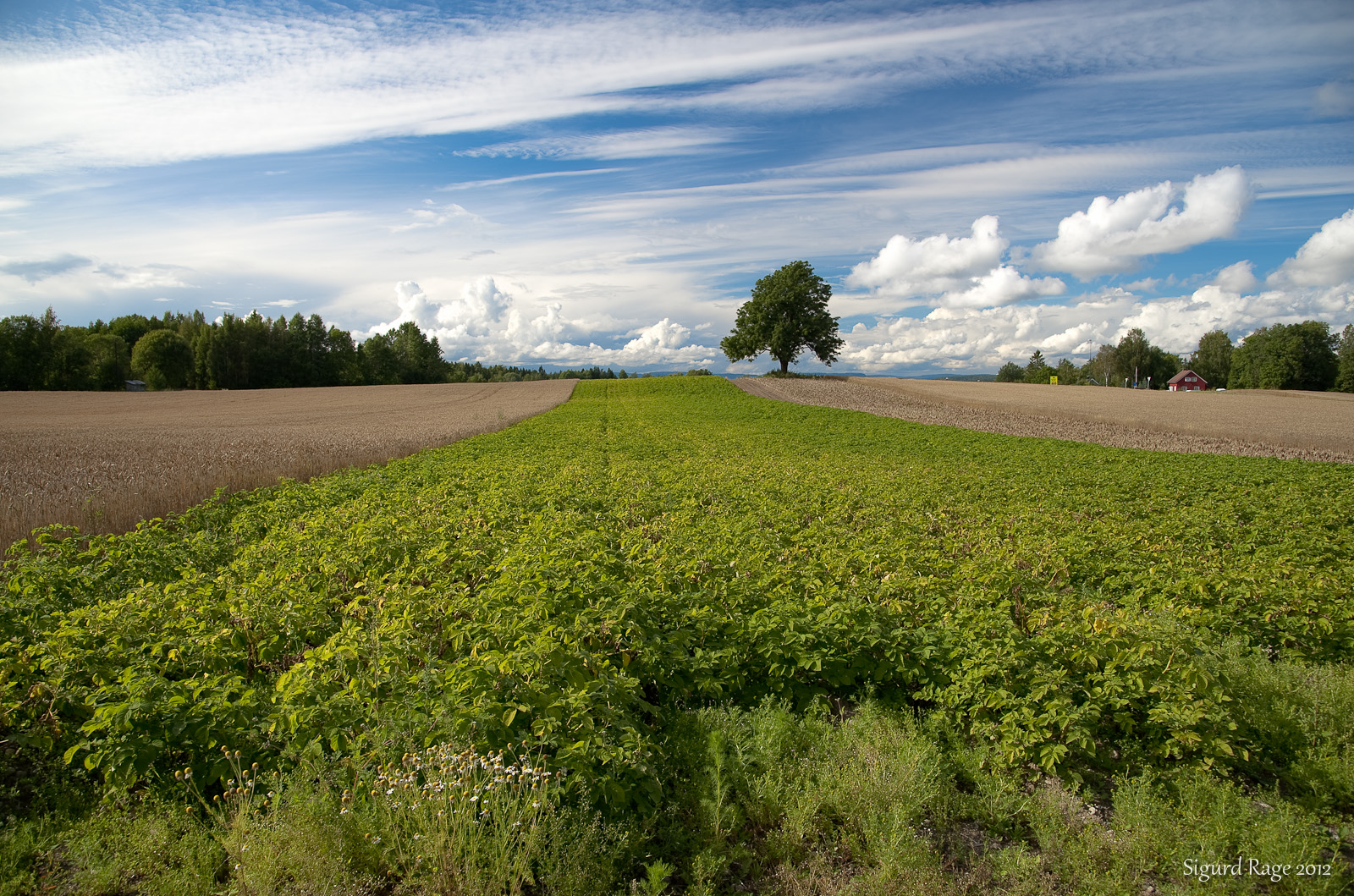Hedmark, with its long tradition in food cultivation and animal farming, is commonly regarded as one of the largest agricultural counties in Norway. Perhaps less well known is the extensive biotechnology industry emerging in Hamar, the principal city of Hedmark county. Hamar is located on the eastern shores of Lake Mjøsa, Norway’s largest lake, and is home to 30,000 inhabitants. It also hosts many exciting businesses that use biotechnology to develop innovative products and services in line with the regional agricultural tradition.
Agricultural ambition fuels technological discovery
The biotechnology sector in Hedmark County emerged from a need to increase the quality and efficiency of agricultural production—particularly with respect to livestock. To address this challenge, companies and institutions in Hedmark formed the Heidner Cluster in 2012, bringing together approximately 30 regional actors working on technologies for breeding and producing farm animals, aquaculture, and plant cultivation. An important venue for cluster collaboration is the Hedmark Kunnskapspark (Hedmark Knowledge Park in English), which is located in Hamar. The Hedmark Kunnskapspark serves as an intermediate institution, promoting knowledge-intensive industry through innovation. The shared ambition of the cluster members is to create a world-class bioeconomy centre for innovations in sustainable food production.
Biosmia promotes market-driven bioinnovation
A key component of the Heidner Cluster’s work is the Biosmia Innovation Centre, which has been described as an “integrated part of the Cluster’s innovation ecosystem, designed to bring forth ideas and accelerate the Cluster’s innovation activity… namely forging new bio-based innovations and companies” (Heidner 2016). The aim of the Centre is to stimulate market-driven bioinnovations that contribute to the sustainability and international viability of Norway’s agriculture-based bioeconomy, which is expected in turn to contribute to the creation of new jobs and grow the bioeconomy both regionally and nationally. The Centre offers laboratories and demonstration venues, support for research and development activities, and advisory services for product commercialisation and internationalisation. With the aim of catalysing the growth of new businesses, the Centre also supports innovation through market surveys, project development, and investor forums.
Collaboration fuels innovation
The Heidner Cluster is part of the Norwegian Innovation Clusters programme, which is managed by Innovation Norway, The Research Council of Norway, and SIVA, the Norwegian public funding agency for innovation. In 2015, Heidner was awarded an additional two years of funding through the programme. In addition, the Cluster has received €100,000 in funding from Innovation Norway for the development of innovative projects with a green profile. Arena funds have enabled the realisation of many projects for further growth in the bio-industry, including the establishment of the Biosmia Innovation Centre. The Hedmark Innovation Centre is the cluster management organisation for Arena Heidner and is responsible for cluster facilitation. This arrangement contributes to formalised and coordinated regional collaboration and enhances regional innovation potential by stimulating cooperation between a range of public, private, and academic actors. A strong focus is also placed on applied research and the quick implementation of innovative solutions.

Regional dimension
In Hedmark, the development of the bioeconomy, particularly regarding biotechnology initiatives, is based on innovations grounded in the region’s agricultural traditions. Combining the existing regional traditions, expertise, and access to raw materials with investments in R&D and network creation has resulted in the development of new technologies and exciting opportunities for companies in the region. The modern breeding methods developed in Hedmark have contributed to the cost-effective and efficient production of livestock, aquaculture products, and food crops, making the regional agriculture and related businesses competitive in both national and international markets. The strategies of selecting the bioeconomy as a clear regional focus area, allocating efforts and resources to its development, and stimulating cluster collaboration have all paid off through the creation of regional added value and competitiveness in Hedmark.
Learn more…